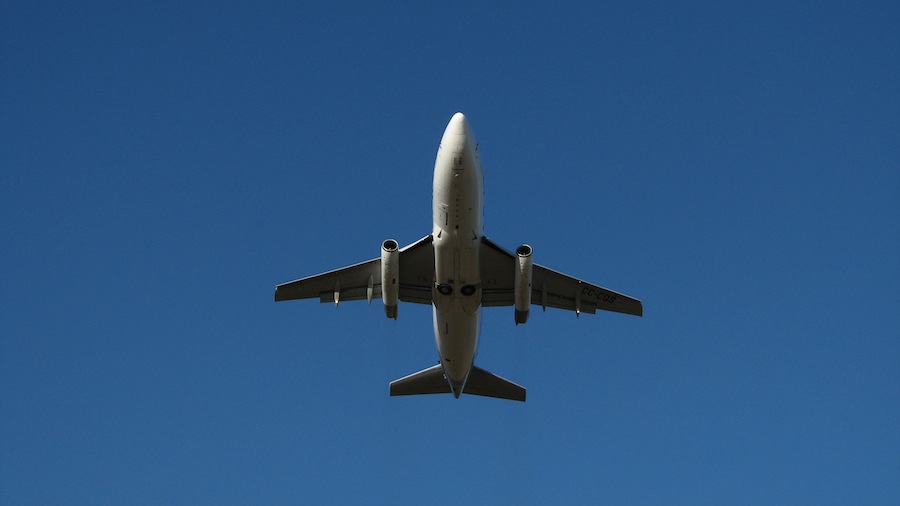
An issue I’ve been following pretty closely on this blog has been the threat birds and planes pose to one another. Numerous incidents involving the two, including the famous crash in the Hudson River, have brought this issue to the forefront.
Now, a recent study conducted by the United States Department of Agriculture, Indiana State University and Purdue University has found that a system of lights on planes would significantly reduce the amount of bird-plane collisions.
The government has implemented a variety of methods to reduce the amount of crashes or incidents related to birds getting sucked into plane engines, such as gassing geese in Prospect Park, banning bird feeding and arresting offenders around airports and calling the goosebusters.
Nearly all of these solutions require birds to be hurt or people penalized, but the results of the new study could change all that.
By installing more lights on the aircraft, it would give the birds an opportunity to spot and avoid an approaching plane quicker than those without lights. Most of the birds involved in previous incidents tried to avoid the plane before strikes, so making planes more visible will help reduce the growing number of bird strikes.
Here’s more from an article at ArsTechnica.com:
The researchers found that geese responded more quickly to the model airplane with lights on, responding approximately 4 seconds earlier than the standard airplane with lights off. Using average flight speeds, the researchers estimate that geese responded to the aircraft with lights on from approximately 1,325 feet away, as opposed to 856 feet away with the lights off.
The importance of reducing the amount of collisions cannot be understated. Not only does it benefit the humans aboard the plane and the birds in the sky, but it would also put a dent in the financial burden associated with having to repair damaged planes.
This study could finally be a way for birds and planes to safely navigate the skies together.


